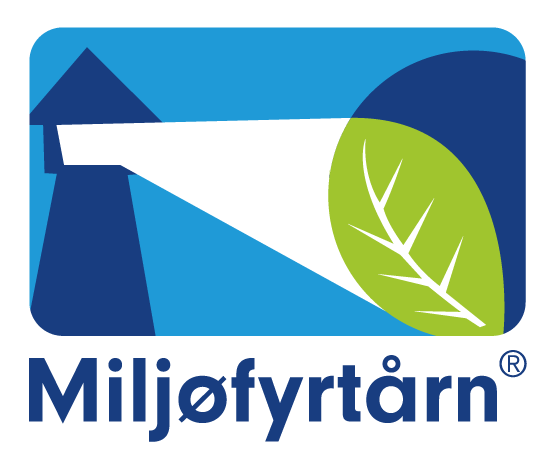Bylivshagen – More Than Just a Garden
Bylivshagen at the former Veterinary College is attracting both neighbors and passers-by, but this is not just a green outdoor space. It is a deliberately designed ecosystem of Norwegian-grown plants, selected for both enjoyment and biodiversity.
2. July 2025
“We wanted to create a green space that’s not only beautiful but also supports nature’s own processes,” says initiator Benjamin Barth, Senior Urban and Place Developer at Linstow. “That’s why we’ve created a planting concept with a wide variety of native species that improve conditions for pollinating insects in Oslo, and we’ve made a conscious choice to use Norwegian-grown plants.”
More than 2,500 native perennials and trees in Bylivshagen are now part of the Pollinator Passage (link: polli.no), a green corridor of insect-friendly food sources in Oslo’s inner city.
Creating Green Value
Norwegian-grown plants create green value through knowledge building, local jobs, lower carbon footprints, and – importantly – reduced risk of introducing invasive species.
The plants were supplied by Vxter, and CEO Bengt M. Tovslid highlights Bylivshagen as a pioneering project.
“Most public outdoor spaces today use imported plants. It’s cheap, but risky. Every single potted plant can contain its own ecosystem – with everything from viable seeds to snails and insects,” says Tovslid. “According to a report from the Norwegian Scientific Committee for Food and Environment (VKM), one season’s imports included 1.9 billion invertebrates and 800 million seeds that do not belong in Norwegian nature. That’s a serious problem.”
The Hidden Risk
According to a VKM risk assessment, imported plants carry a high risk of spreading invasive species that can threaten Norway’s ecosystems and harm plant health in agriculture and nature. The report highlights that snail eggs, harmful fungi, and insects often come along in root balls and potting soil – and that today’s regulations and control systems are not adequate to catch them.
“By choosing Norwegian-grown plants, we reduce the risk of introducing pests and diseases that can be nearly impossible to eradicate once they’ve taken hold. In addition, CO₂ emissions are significantly reduced. Each year, around 5,000 truckloads of plants are imported to Norway. These emit approximately 1.5 tons of CO₂ each way. This is an emission we can easily reduce by supporting domestic production,” says Tovslid.
Bylivshagen Shows What’s Possible
Bylivshagen uses only plants grown in Norway – from seed, root, or plug to finished plant – something that is increasingly rare. In the 1980s, there were more than 150 nurseries in Norway. Today, there are just over 20, and imports dominate the market. Tovslid hopes projects like Bylivshagen can help bring about change:
“This is about more than just plants. It’s about local value creation, nature stewardship, and a love for Norwegian landscapes. We see a growing interest in Norwegian nature – not just as ornamentation, but for its functional value. Bylivshagen proves that it can be done, and that it provides a different level of quality.”
Bylivshagen is a collaboration between landowners Linstow and Oslobygg, with contributions from the Agency for Urban Environment, Bykuben and Oslotrær at the Planning and Building Services, Braathen Landskapsarkitekter, SLA, and Vxter.
PHOTO: SLA – Tomine H. Furelid



